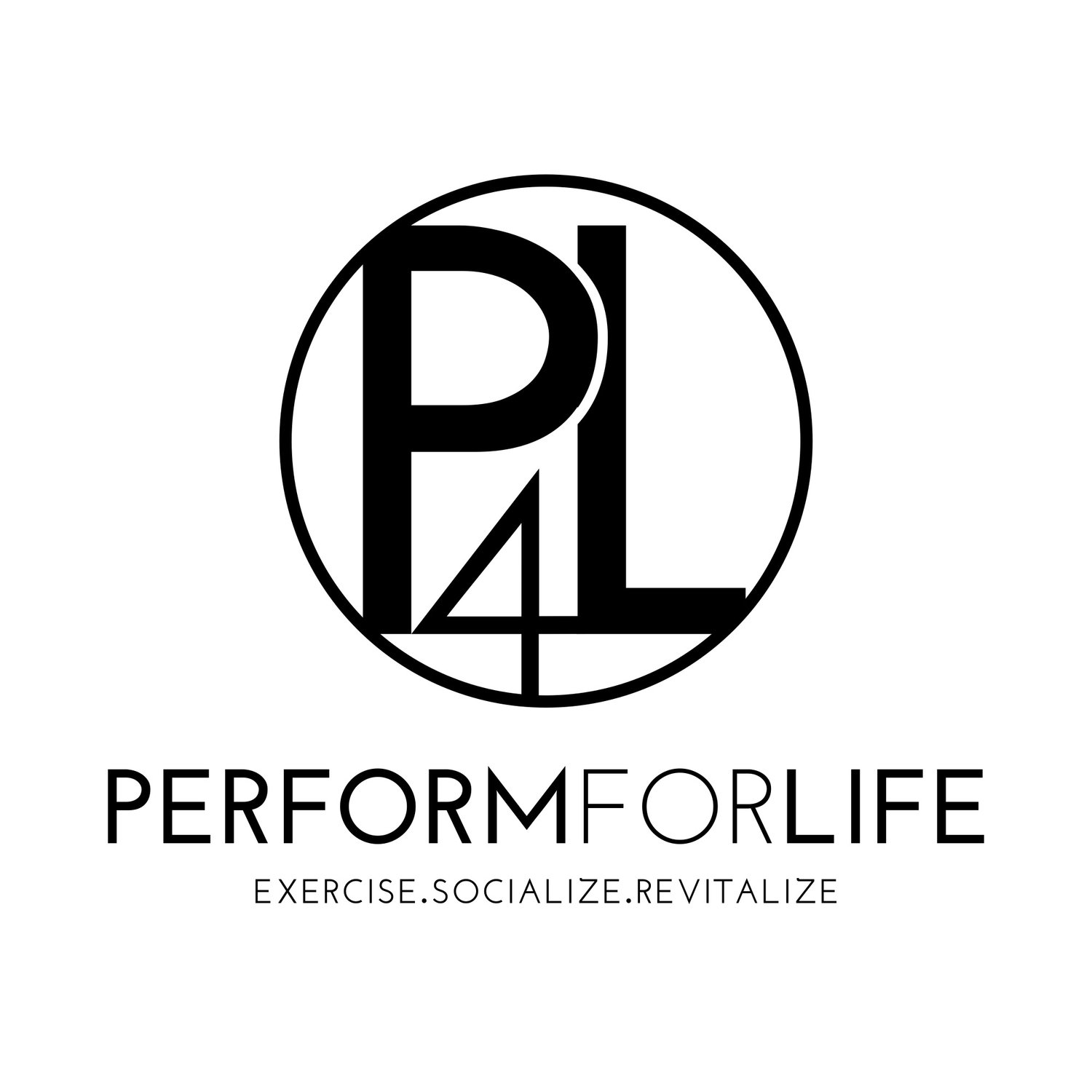The Desk Worker
Read about how something as simple as sitting is affecting your health.
Let’s paint a picture. There are 168 hours in a week. If you work a 9-5 desk job, that’s 40 hours a week spent sitting staring at a computer. Say you also commute 1 hour to work as well, that’s another 10 hours a week sitting in your car. The tally is up to 50 hours a week just sitting, need I say more?
With most of our hours spent sitting in chairs, on our computers, or looking at our phones, there is no doubt that the majority of the adult population has neck and shoulder pain. The human body was not built to sit for 50+ hours per week. We were meant to move! But not everyone is fortunate enough to have a job where you are not bound to a desk, staring at a screen all day. If escaping desk life is not in your foreseeable future, listen up!
Ergonomics is the science of designing a workplace that will limit the musculoskeletal impairments on the worker. This includes the height of desks or the type of chair/mouse/keyboard offices choose. These seemingly insignificant choices could be the determining factor between early signs of arthritis or chronic neck pain.
Now, if you are not aware that you are being affected by poor ergonomics, take a look at your posture: when you stand up tall is your ear in line with your shoulder? If it does not, then you have already seen some adverse effects of sitting at a desk.
The questions now is how can I fix that?
Look at your chair:
Are your feet flat on the floor when you sit?
Are your knees at 90 degrees or more with your body?
Is your lower back curve supported?
Are your shoulders able to relax when your arms are resting on the armrests ?
Look at your desk
With your arms on your arm rests, can your wrists comfortably rest on the edge of the desk?
Does the top of your computer reach your line of sight?
Simply adjusting those small things can dramatically increase the comfort level of your desk at work as well as alleviate some of the pain that you are feeling. If you are always sitting hunched over at your computer, some of the key muscles to help with good posture will be “sleepy”. It is important to strengthen these sleepy muscles in order to combat poor posture. These muscles help pull everything backwards so that your torso is more upright. If you are already experiencing neck or shoulder pain, stretching at work is a great way to alleviate some of the tension that you are experiencing.
Here are 3 neck stretches that you can do during your breaks:
Images from Totalback.com, mobsea.co, and Pbmassagetherapy.com.
Performing these stretches will help you relieve the tension in your neck and shoulders and also make the work day go by quicker!
If you are looking to make a more permanent change in your posture, strengthening those sleepy muscles is one way to do so. Incorporating strength training 2-3x a week can greatly influence the way you carry yourself and the way your body feels. Zebis et al (2011), discovered that there was a significant decrease in neck and shoulder pain with industrial workers engaging in a strength training program. It was concluded that strength training with adherence resulted in significant reductions in neck and shoulder pain. Now, if that isn’t proof enough, I don’t know what is!...Maybe a grandma that got rid of her hunchback?
Learn more about Coach Amber here!




